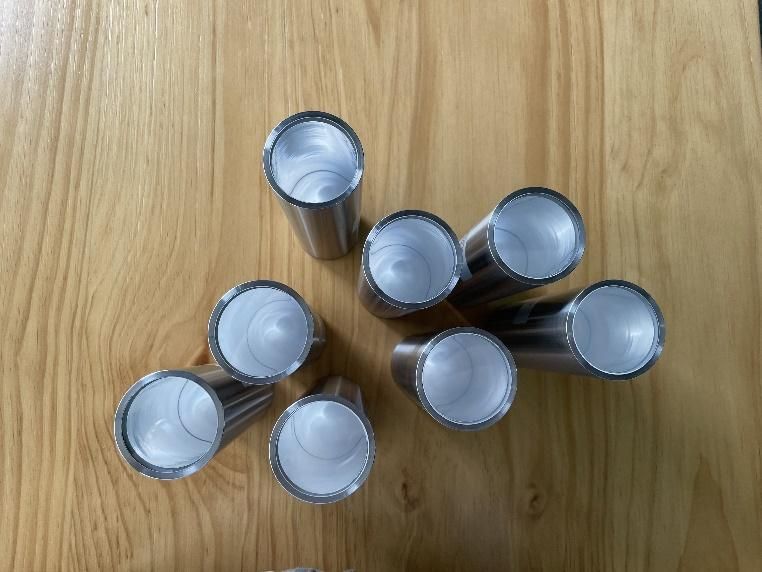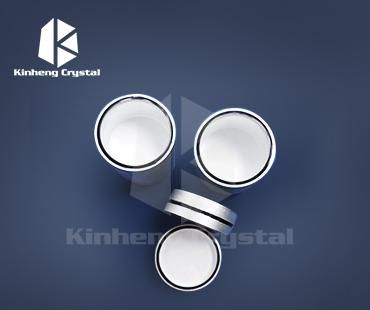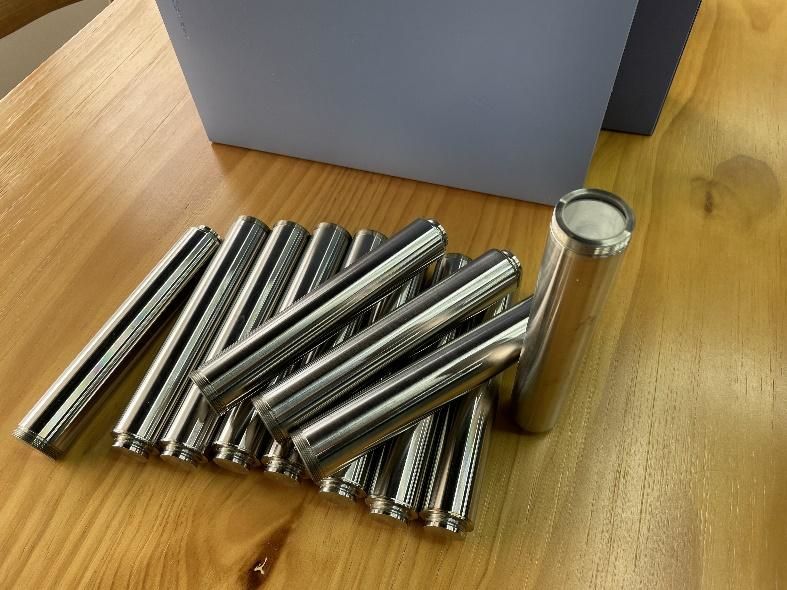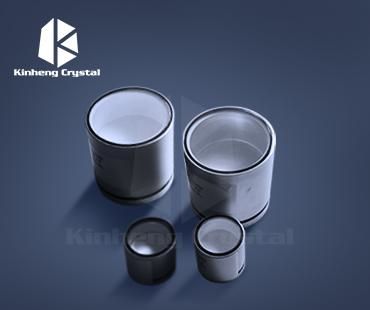sodium iodide scintillator is frequently used in radiation detection and measurement applications due to its excellent scintillation properties. Scintillators are materials that emit light when ionizing radiation interacts with them.
Here are some specific uses for sodium iodide scintillator:
1. Radiation Detection: Sodium iodide scintillator is commonly used in radiation detectors such as handheld meters, radiation monitors, and portal monitors to measure and detect gamma rays and other types of ionizing radiation. A scintillator crystal converts incident radiation into visible light, which is then detected and measured by a photomultiplier tube or solid-state detector.
2. Nuclear Medicine: Sodium iodide scintillator is used in gamma cameras and positron emission tomography (PET) scanners for diagnostic imaging and nuclear medicine. Scintillator crystals help capture the radiation emitted by radiopharmaceuticals and convert it into visible light, allowing the detection and mapping of radioactive tracers in the body.
3. Environmental Monitoring: Sodium iodide scintillator can be used in environmental monitoring systems to measure radiation levels in the environment. They are used to monitor radiation in air, water and soil to assess potential radiation hazards and ensure radiation safety.
4. Homeland Security: Sodium iodide scintillators are used in radiation detection systems at airports, border crossings, and other high-security areas to screen for potential radioactive materials that may pose a threat. They help identify and prevent illegal transportation of radioactive materials.
5. Industrial Applications: Sodium iodide scintillators are used in industrial environments such as nuclear power plants and research facilities to monitor and measure radiation levels to ensure safety and compliance.
They are also used in non-destructive testing (NDT) to inspect materials such as metals and welds for possible radiation contamination or defects. It's worth noting that sodium iodide scintillators are moisture sensitive and hygroscopic, meaning they absorb moisture from the air.
Therefore, proper handling and storage of scintillator crystals is critical to maintaining their performance and longevity.




Post time: Sep-15-2023





